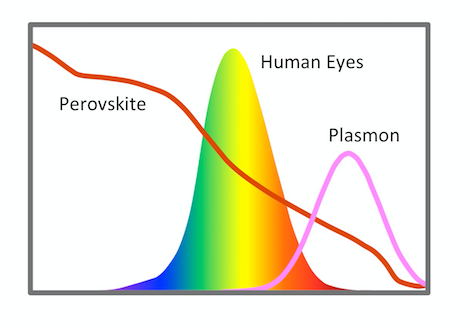Scientists of Japan’s Institute of Industrial Science, at the University of Tokyo, have developed a new kind of semi-transparent solar cell, based on perovskite and nano-sized cubes of silver, with a conversion efficiency of around 10%.
The new cell, the research group claims, is able to increase the “plasmonic antenna effect”, which enhances the cell's light absorption ability and, as a result, its conversion efficiency.
This was achieved by applying the nano-sized cubes of silver to the cell's other electrode layer, which is also made of silver. According to the researchers, the small cubes are able to harvest the red wavelengths that are missed by the perovskite. This has also allowed the cell developers to use less perovskite material, in order to get more light through it.
Popular content
“Like conventional solar cells, the plasmon resonance effect depends on absorbing light,” the research co-author Tetsu Tatsuma said. “However, with the electrode-coupled plasmons, it's much easier to tune the wavelengths that are absorbed, simply by controlling the size of the nanocubes and the spacing between the nanocubes and the electrode. This allowed us to sensitize our cell to red light, making it complementary to the optical requirements of human vision.”
The research team added that the visual transparency of the cell was increased by 28%. “This raises the hope of developing commercial solar cells that can be coated over windows, increasing the productivity of solar power,” the Institute of Industrial Science concluded.
This content is protected by copyright and may not be reused. If you want to cooperate with us and would like to reuse some of our content, please contact: editors@pv-magazine.com.



God bless Japan technical team on the solar panel window project. I would love to see this take place in america.
Thank you,
Brenda G Patterson
If a company here ever produces them for you I would love to work for the company.